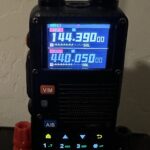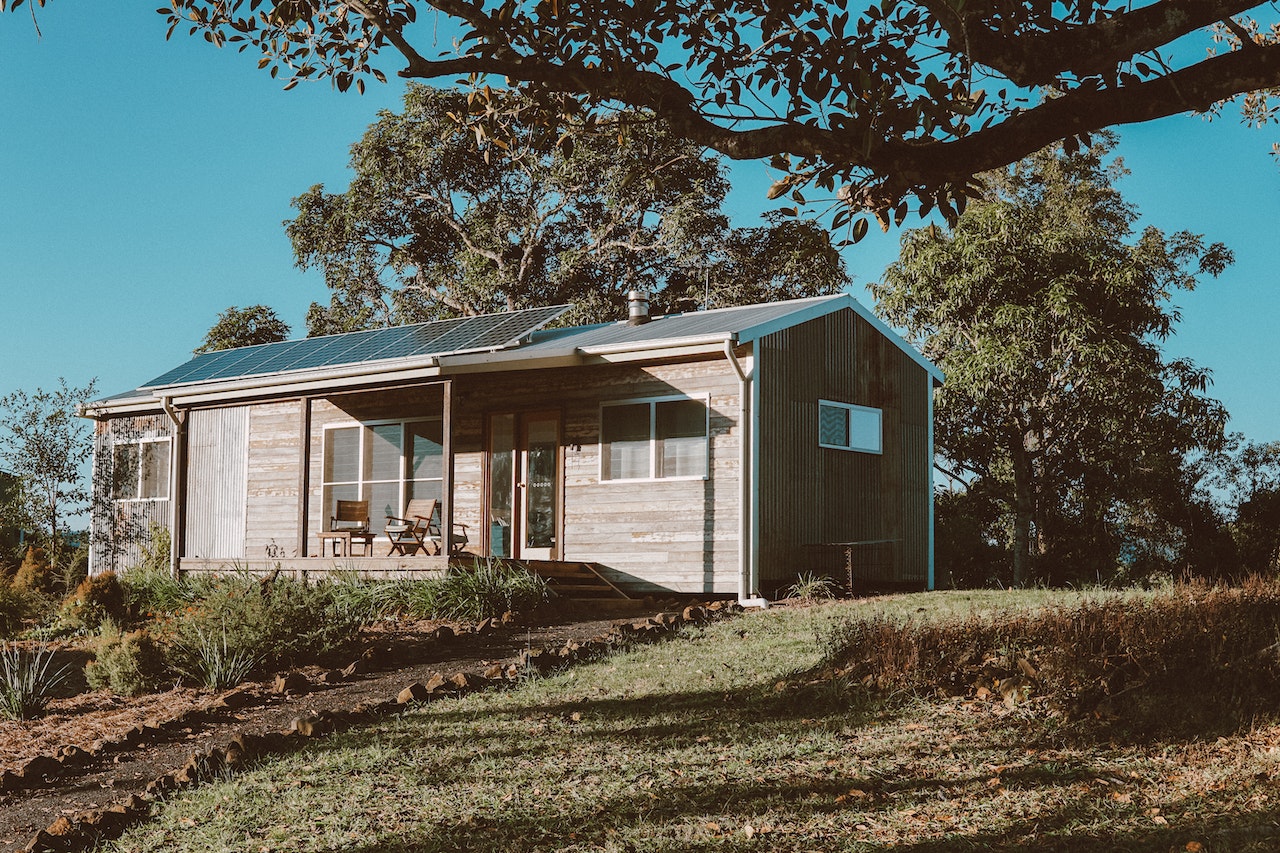DISCLAIMER: PLEASE CONSULT YOUR DOCTOR PRIOR TO STARTING ANY PHYSICAL ACTIVITIES AS IT MAY RESULT IN CARDIAC ARREST OR CARDIAC COMPLICATIONS, AND OTHER ISSUES DUE TO PRE-EXISTING CONDITIONS.
With the temperature rising on the planet every year with record highs broken on a regular basis, one must learn to adapt doing strenuous tasks in the heat to survive. Most people can’t do what they normally can in extreme heat. Extreme temperatures will be the norm, so let’s make sure your body can handle it.
What is heat acclimatization?
It is the process of improving your heat tolerance that gradually increases the intensity or duration of effort performed in a hot setting.
How do you improve your heat tolerance?
It takes anywhere between a week to a month to acclimatize your body for extreme temperatures. The best way to do this, for example, is go for a 2-5 mile walk or run in a temperature you can achieve your current average time (this should be a 1-hour exercise). Make sure to stay hydrated during your exercise. This process is best started when the heat starts to climb. Continue this at least 3-4 times a week with the temperature higher each time, while maintaining your current average time. Do this for a few weeks. Keep in mind, if you stop this process for a week or two, the heat tolerance may drop rapidly close to what your body was used to prior to training. This process should be done yearly.
IMPORTANT: Make sure if you feel exhausted to stop, hydrate, seek shade and rest. The last thing you want is heat exhaustion or heat illness while you train.
What are the benefits of heat acclimatization?
The exposure to heat causes less strain on your heart and other vital organs. The ability for the body to produce more sweat to keep cool increases, allowing you to work longer in the heat.
IMPORTANT: In a survival situation, make sure that you are not working in extreme heat for more than an hour at a time. After one hour, take a break, and then work for another hour. You can continue to do this, only if you have had enough calories to eat and enough rest.
Remember, make sure you are well hydrated before you start, and maintain hydration during your training. After the training, seek immediate shade or shelter, preferably in a cool or air-conditioned environment. Stretch gently to make sure that your body will not cramp from the temperature change.
Practice often and be prepared.









